
Pinta Miami Art Fair began in New York in 2006. The Miami version logically followed in 2014. Where better to showcase Latin American art than in Miami? All versions of the fair are a clarion call for recognition of art from all of Latin America. This call, and the prominent display of art by numerous contemporary and historical figures in Latin American art, has increased the visibility of the art as a whole. It has, and continues to, give deserved recognition to a legion of artists.
A new section at the fair is Pinta Platforms. This is a section of the fair dedicated to giving visibility to modern and contemporary art from Latin America. Galleries can show their artists Kabinet-style (in themed or otherwise related sections). Within Pinta Platforms there will also be Pinta Country Sections.
Pinta Platforms is curated by Roc Laseca.
“Pinta Platforms count on special benefits for Spanish and Latin American artists to present their work in the frame of the fair. International galleries, specifically those from Latin America, the US, and Europe, are encouraged to apply and submit up to three proposals that were reviewed by the curatorial committee,” says Laseca. “Those galleries participating at the fair's main section, were welcome to apply as well to Pinta Platforms and submit a proposal for a solo-show cabinet. Galleries were welcome to apply for any artistic proposal that might consider remarkable, yet the curatorial committee gave preference to installation projects and to those art contributions that do not have...public visibility.”
This, as noted, is the first time Pinta Platforms has been part of the fair and there has been a bit of reorganization to go along with this new feature.
“We have reoriented the curatorial sections to spread our artistic proposals beyond regular media, which was the usual format of previous editions. We are very humbled with the resulting selected artist and looking forward to initiate our feedback with visitors, collectors, curators and colleagues that will stop by the fair,” says Laseca.
Pinta will be open from 12 pm to 8pm from December 6 - 10 at Mana Wynwood (2217 NW 5th Ave., Miami). For more info head to www.pintamiami.com.
Gastón Herrera via Gabelich Contemporaneo (Argentina)
Florencia Battiti, of the Argentine section, aims to highlight the influence of the market in artistic production and how it does not necessarily prevent production of powerful and conceptual works--and may even inspire such art.
“The art market in Argentina has been getting stronger and more dynamic in recent years, but in my opinion, this does not play a significant role in contemporary art production. Contemporary artists in Argentina do not produce ‘for’ the market, as much as the market is, of course, an unavoidable presence not only in the art world, but the world at large,: says Battiti “In my selection of Argentinian art for PINTA Miami, I picked artists whose works imbue established symbolic value and market value. For example, the case of Roman Vitalli or works that could potentially gain value in both ambits, symbolic and market, like in the case of the young artist, Sol Pochat.”
"If an artist, through the gallery that represents her, succeeds in getting her work into the market and if doing so allows her to completely immerse herself into the art, then her creativity will likely benefit because all her efforts will be geared to producing a work of art,” says Battiti. “However, under no circumstances should the market become the “interlocutor” of the artist. ... the decisions that artists make at the time of creating their own artistic poetry do not obey the market’s dictates. Of course, there are artists who will do exactly that, or who will at some point in their careers, but this type of practice falls under his own weight. An interesting case is Milo Locket whose artwork is popular and sells very well in the market, but whose symbolic value is practically nonexistent. The interrelation between the symbolic value of a work of art and its value in the market is very delicate and their variables affect them both.”
There are instances when “the market” can become an obstacle to creativity--in much the same way it can become an obstacle to progress in any economic endeavor.
“The market can become an obstacle to creativity when its power is too great and the artist does not succeed in handling its siren call, but under context like in the case of the Argentinian, where the market does not have the greatest power, the obstacle is sometimes the ability to sustain sales,” says Battiti. “When an artist becomes a millionaire like the collectors who buy his works, we can think about Damien Hirst, this can become an obstacle to his creativity. However, we cannot deny that there are also artists who have an excellent market insertion and whose works also enjoy a high symbolic value--like the case of Anish Kapoor.”
“Peru’s art scene has undergone a period of significant growth since mid 2000s. We have to keep in mind that during the 80s and 90s Peru was pretty much isolated not just from the global scene but also the regional one, due political instability (we had a dictatorship from 1992-2000), terrorism (1980-2000) and the economic crisis, which was absolutely critical during the 80s.,” says Calvo.
As the country recuperated--in terms of both democracy and economic stability--new artistic institutions arose and relations with the international art world improved.
“This scenario saw the emergence of a number of local artists of tremendous talent who managed to gain international reputations, something that shed light on our artistic scene, while a new generation of artists with great ambition and drive are reshaping our local art world, which is becoming more and more international--something reflected in the fact that from the six galleries selected, two are international, with operations in Lima. In that regard, our greatest strength lays without a doubt on our artists.” says Calvo.
The Peru section captures the strengths and diverse range of artists using artists from different generations and backgrounds. These range from Andrea Ferrero, born in 1991, to a well-established and reputed artist like Gam Klutier, born in 1946.
“I believe the works themselves will give a clear sense of our vibrant art scene and the different paths being explored at this very moment.” says Calvo.
Andrea Ferrero and Jesús Pedraglio Via Ginsberg Galleria (Peru)
“Some of the projects engage with this heritage, which can be that of pre-Columbian cultures, like Eduardo Llanos and Jesús Pedraglio, or of the colonial era, like Andrea Ferrero, others with our geography and our resources, like Claudia Coca and Diego Lama, also our native rituals and their current iterations, as in the works of Katherinne Fiedler and, from a regional perspective, Adriana Ciudad,” says Calvo. “Still others deal with global issues read from our vantage point--Miguel Aguirre—or address aesthetic and affective issues in personal terms, like Gam Klutier. In brief, the dialectic of looking back and looking forward is already contained in many of the projects to be seen in the Peruvian section at the art fair.”
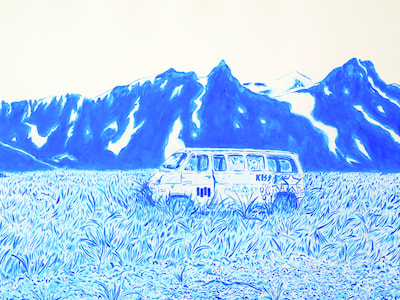

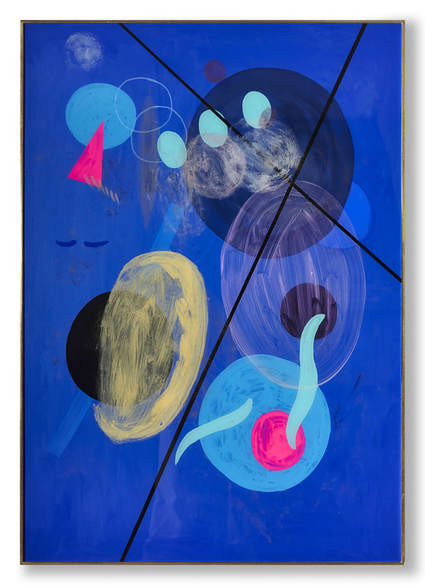
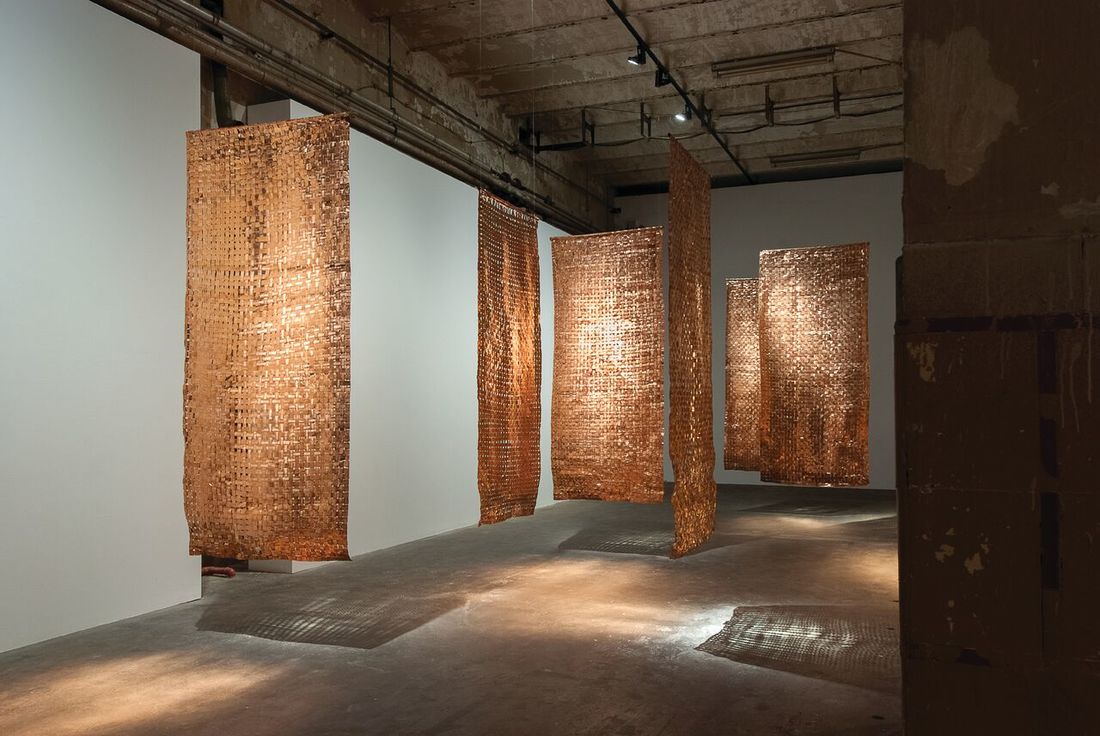
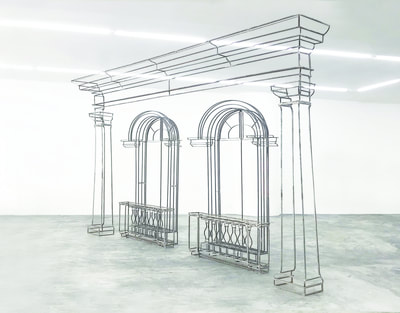
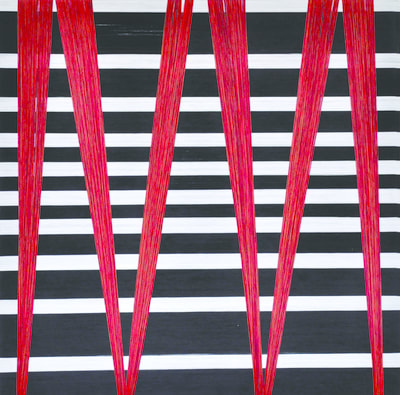
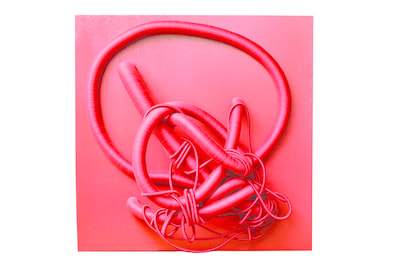
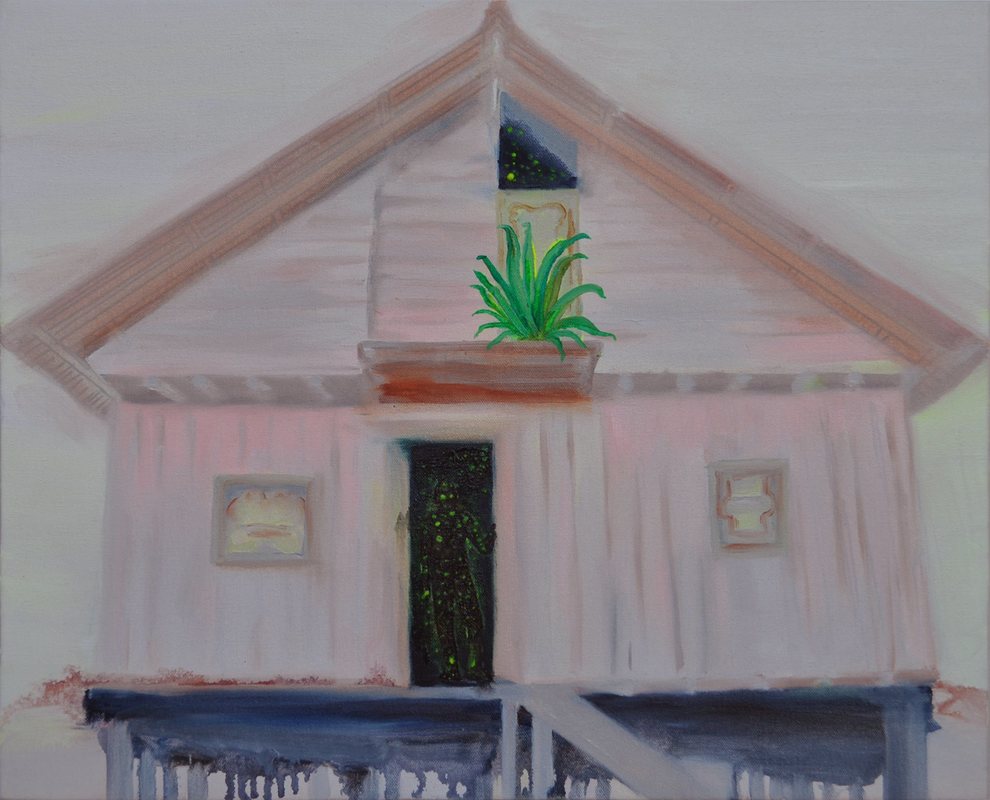
 RSS Feed
RSS Feed